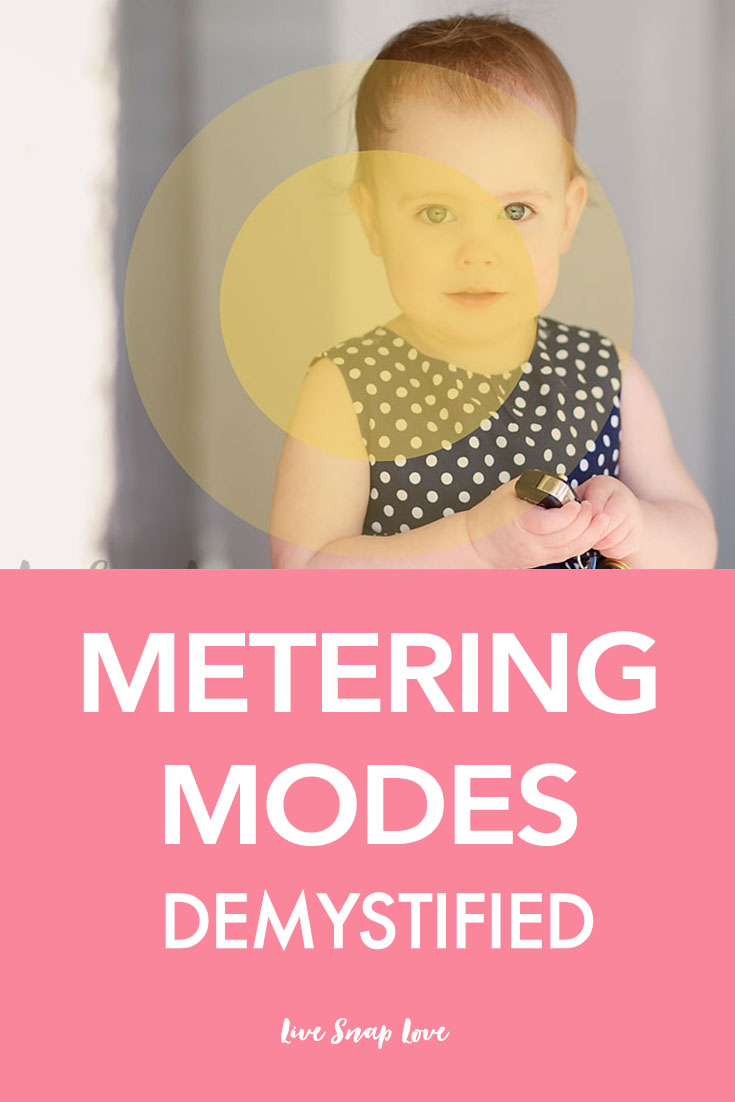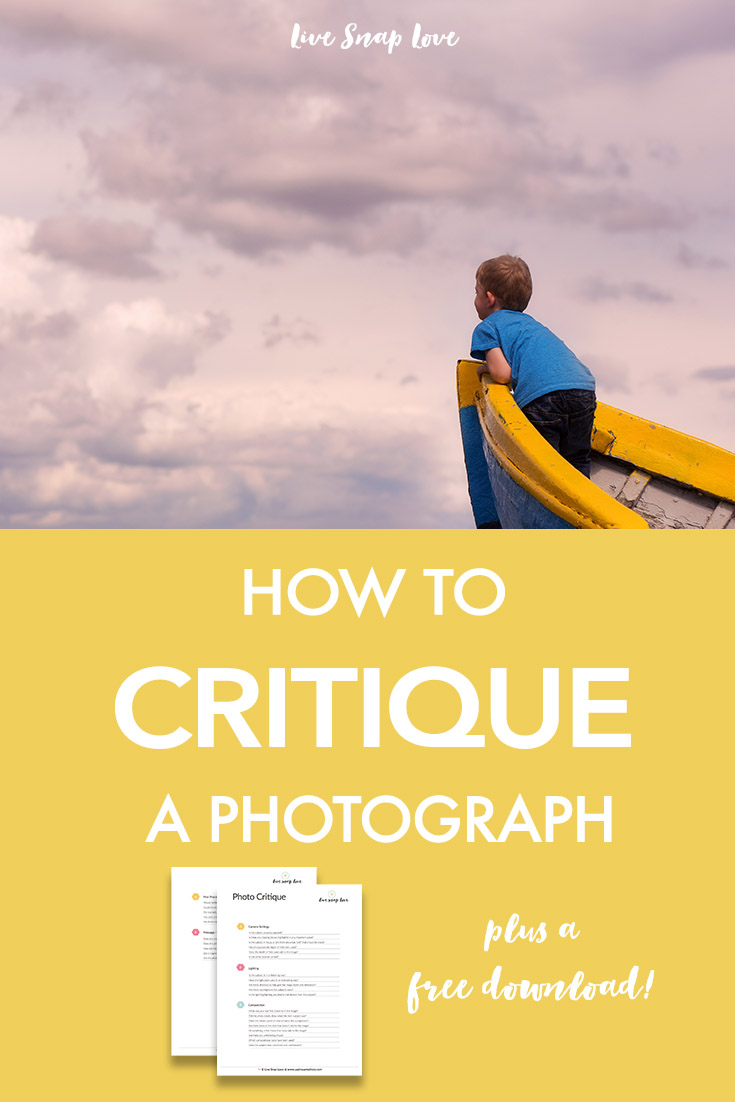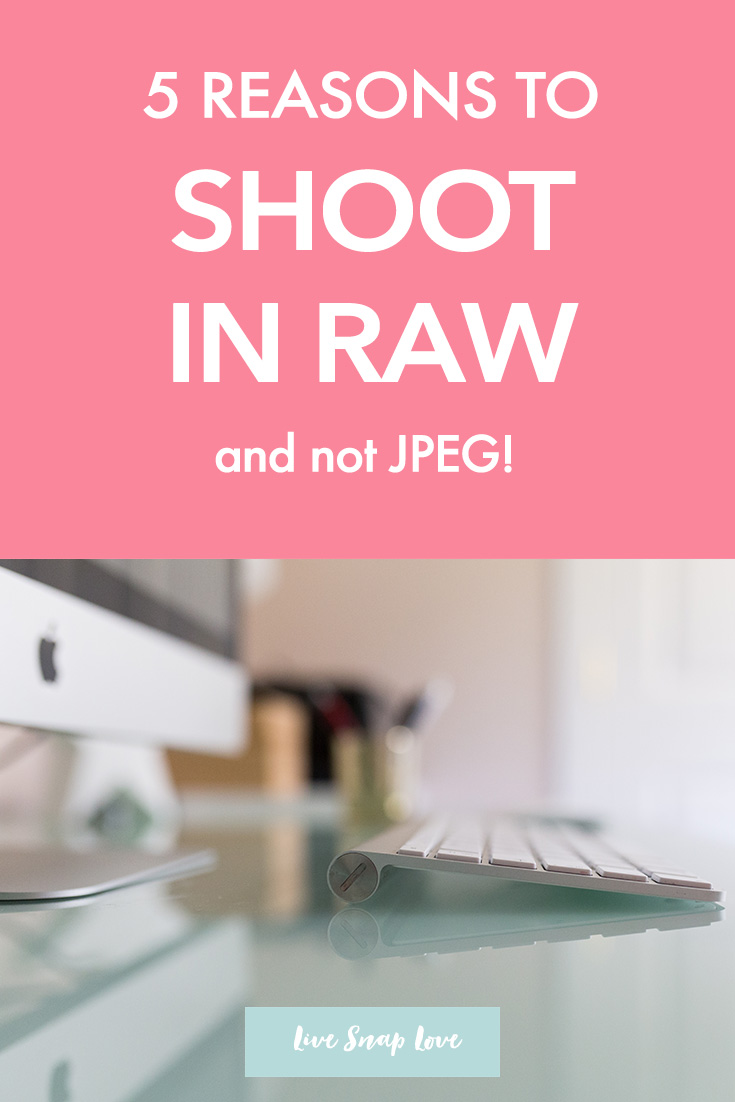The Live Snap Love Blog
YOUR SPOT FOR PHOTOGRAPHY TUTORIALS, TECHNIQUES, INSPIRATION AND MOTIVATION!
How to Photograph Your Child on A Swing!
I don't think there is a child in the world who doesn't like swings! So, for us as photographers, it's a great place to capture joyful, happy images of our children, with only a few things to worry about :) It's a win - win as far as I'm concerned - your child is enjoying himself and you get to play too!
Here's some tips for photographing your child on a swing.
Metering Modes Demystified
Most DSLR’s will give you some different options for metering for the light in your image, and the results you get can vary tremendously depending on which metering mode you use! That's why understanding the different metering modes available and how they will affect the exposure of your final image is so so important.
What is Metering?
Metering is simply our camera trying to gauge the amount of light in the scene, so it can set the correct exposure. Regardless of whether you shoot in AUTO, a semi automatic mode, or in full manual mode, you will still use your in-camera meter for assessing exposure, and knowing how it works can help you get your exposure right first time, instead of having to continually 'chimp" and assess your exposure by eye.
Photography Case Study: Jan Johnson
Ever wondered how photographers get where they are today, how long it took them, and what their turning points were? I know I do and I bet you do too, so today, my fav "momtog" Jan Johnson is going to be sharing the story of her photography journey with you, along with some details on how she shoots. Jan was one of the very first readers of this ol' blog, way back in 2013, and at that time, she was incredibly frustrated because although she could see exactly how she wanted the picture to look in her head, she couldn't quite get the camera to co-operate! I know that many of you will feel that same frustration RIGHT NOW, so I hope seeing someone else progression helps you realise that you will get there too! Over to Jan...
5 Places with Great Light In Your Home
Think you need a dedicated studio or gorgeous outdoor setting to capture great portraits of your child? Think again!
The key to great looking portraits is using somewhere with great light, and as luck would have it there are loads of places you can use just in and around your own home! Here are 5 areas in your home to use for great portraits.
Which Color Space should I use?
How much do you all know about Colour Space? It’s something we tend not to pay too much attention to until we start to notice that our prints aren’t coming back from the print shop the way we thought they would, or we post our images on Facebook and they look all washed out and with weird colors!
Getting your colour space right is one of the secrets to having your images look beautiful, so it pays to take a few minutes to get this right - and that is exactly what we are going to look at today!
Photography Jargon Buster!
I've been learning, blogging about, and teaching photography for so long now that most of the photography terms trip off my tongue without any thought to them, but I do remember being so confused by some of the terms that people bandied about! So I figured that a little jargon buster might be in order :)
How to Critique a Photograph
A handy little tool to have at your disposal is knowing how to critique a photograph, either your own or somebody else’s. Being able to look constructively at your own photographs will allow you to improve and grow as a photographer, and you can use the exact same process to "pick apart" images from a photographer that you admire, so you can see what elements appeal to you, and try to purposefully add them into your own images.
How To Use The Curves Tool in Photoshop
The Curves Tool must be one of the most versatile tools in Photoshop, and you can do so much with it! It's also looks seriously scary with all those grids, lines, and points - so much so that many people shy away from using it. That is all going to change today my friend! You and I are going for a little walk through the curves tool, and finding out some of the things we can do with it.
5 Reasons Why You Should Make The Switch To RAW
So, how many times have you heard that you should make the switch to RAW? Probably a few times I bet! But perhaps you are not yet convinced, or don't really know what this means for your images, so today I'm breaking down the reasons why I believe you should shoot in RAW, and why it's a great thing for your images!
Before we kick off, let's start back at the beginning with what RAW is.
25 Ideas for Photographs (for times when you need a creative push)
As a photographer, it’s pretty common (dare I say unavoidable) to go through different peaks and troughs with regard to your creativity. There are times when you feel so incredibly inspired that you can't wait to pick up your camera for another day, and you have so many ideas for images that you can't possibly take them all! However, on the flip side, there are also bound to be days when you don't feel inspired to pick up your camera at all, much less know what to photograph with it, or what to try next.
Or you may be a new photographer, wondering what you on earth you can photograph, and needing a little push to get you going again - and maybe even to learn something new!
Why you NEED to learn Manual Mode!
Are you scared to make the switch to manual mode? Or maybe you just don't see the point of moving away from the AUTO functions on your camera, after all, your camera can do it all for you - can't it?!
Not to put to fine a point on it, if you only ever use your high-quality DSLR quality on one of the automatic modes, you would have been just as well buying an inexpensive point and shoot camera. Sure, your camera may luck out from time to time and snag you a decent photo, but more often than not, all you will end up with is middle of the road images that lack any real impact. Relying on a bunch of wires and sensors in your camera is no way to make a good photograph!
5 Common Mistakes When Learning Photography (and how to avoid them!)
Hey friends!
Today, we’re diving into what I think are some of the biggest mistakes that new photographers make when trying to learn how to take successful images. Honestly, these are mistakes that I’ve seen tons of new photographers make over and over again - and I did most of them too so I'm pretty familiar with them :-)
In no particular order, here are 5 common mistakes, along with what you can do to avoid them.
Introducing My New E-Course - Auto to Awesome!
Hey friends! If you follow Live Snap Love elsewhere, then maybe you have already heard me talking about my new ecourse - Auto to Awesome. but I wanted to take a minute to formally introduce it to you all here too! And I'm seriously so excited about it!
The AUTO to AWESOME e-course is a step by step program that will take you away from the safety of AUTO and "middle of the road" photos, and give you the tools and techniques you need to turn your images into wall worthy, professional images, in the least amount of time possible. No more searching the internet for tips for you my friend! Think of it like getting an injection from my brain into yours, so you'll learn the tools and techniques it took me three years to master in just a few weeks.
How to Use Texture To Create a Sense of Touch in Photography
Capturing texture can add an extra dimension to your image, by conveying not only how something looks, but how it might feel as well, for example being soft, or rough, or wet. It's a pretty dang powerful thing to be add to add a sense of touch to an image! That's what we are going to look at today - how we can use texture in everyday images to create a more powerful photograph.
There are two ways to photograph texture – the first is to make the texture the subject of your photo, and the second is to incorporate it into an image where something else is the main subject, to add extra interest.
Let's get crackin' with two ways you can use texture in your image!
The 5 Tools You Need To Get Started In Photography
Let me start by saying this is a LONG post - not one of those "quick lists" of camera gear that doesn't really tell you very much nor is particularly helpful. Today, I'm going to break this down for you - what you need, why you need it, what you can get away with using just now, what you should invest it first to get the biggest return on investment, along with a few tips and tricks for using them.
Although I never want anyone to have to go out and buy new equipment, I also want to keep it real. I don't want someone who keeps hearing that "it's not about the gear", feeling discouraged because they are not getting images that are as good as they hoped when in fact, their gear DOES have some impact on their images. That's not fair nor helpful in my book.















